All Categories
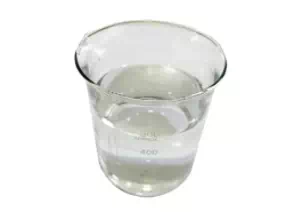
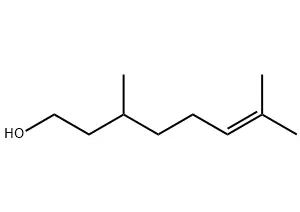
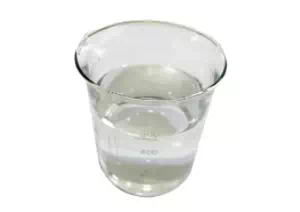
Citronellol CAS 106-22-9
Citronellol is a monoterpene alcohol compound, which is widely found in natural plant essential oils (such as rose, bay leaf, citronella, etc.), and is also an important synthetic fragrance. It has a fresh rose-citrus aroma and has antibacterial and insect repellent functions. Therefore, it is widely used in the daily chemical and perfume industries and food and beverage industries.
CAS : 106-22-9
Formula : C10H20O
Mol. wt. : 156.27
EINECS : 203-375-0
| Chemical Name | Citronellol |
| Spice Type | Synthetic fragrance |
| CAS | 106-22-9 |
| EINECS | 203-375-0 |
| Molecular Formula | C10H20O |
| Molecular Weight | 156.27 |
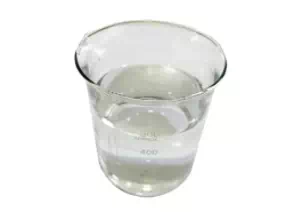
Citronellol is a monoterpene alcohol compound, which is widely found in natural plant essential oils (such as rose, bay leaf, citronella, etc.), and is also an important synthetic fragrance. It has a fresh rose-citrus aroma and has antibacterial and insect repellent functions, so it is widely used in many fields.
I. Daily chemical and perfume industry
Perfumery core ingredients:
Citronellol is the iconic raw material of rose fragrance, widely used in the middle notes of perfume, giving sweet floral fragrance, and is often compounded with geraniol, phenylethyl alcohol, linalool, etc. to create complex floral fragrance (such as rose, lily of the valley, lily fragrance).
Softening formula:
It can neutralize the sharpness of aldehydes or woody fragrances, enhance the roundness and layering of perfumes, and is frequently used in female perfumes and neutral perfumes.
Functional addition:
Adding it to shampoo and shower gel can mask the smell of chemical surfactants and provide a lasting sense of freshness.
Stabilizer and solvent: As a solvent for essential oil formulas, it helps dissolve fat-soluble ingredients (such as vitamin E). It also has antioxidant properties and can extend the shelf life of products.
Aromatherapy effect: In essential oil massage products, the soothing properties of citronellol are used to relieve stress, but its concentration must be controlled within a safe range (usually less than 1%).
II. Food and beverage industry
Fruit flavors: Used to mix peach, apricot, and citrus flavors to provide natural fruity aromas.
Dairy products and candy: Added in trace amounts in yogurt, ice cream, and chewing gum to enhance sweetness and freshness.
Natural preservatives: With antibacterial activity, it can extend the shelf life of food (must comply with regulatory limits, such as the EU's approval of its use as a food additive No. E).
III. Home and industrial applications
Insect repellent: Citronellol is one of the main active ingredients of natural mosquito repellents (such as citronella oil). It is often used in electric mosquito coils, mosquito repellent sprays, and candles, and has a repellent effect on mosquitoes, cockroaches, etc.
Cleaning products:
Added to laundry detergent and softener, it provides a fresh fragrance to clothes and helps remove odors.
Industrial fragrances:
Used in candles, air fresheners, and plastic products to add fragrance and cover up chemical odors during processing.
IV. Medicine and agriculture
Antibacterial and anti-inflammatory:
In topical ointments or disinfectants, the antibacterial properties of citronellol are used to inhibit bacteria on the skin surface (such as Propionibacterium acnes).
Plant protection:
As a raw material for green pesticides, it can repel pests (such as aphids) and reduce the use of chemical pesticides.
Animal care:
Added to pet shampoo, it has both lice repelling and fragrance functions.
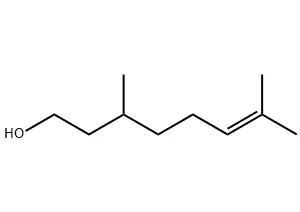
| Melting point | 77-83 °C |
| Boiling point | 225 °C |
| Density | 0.857 g/mL at 25 °C |
| FEMA | 2309 | DL-CITRONELLOL |
| Storage | 2-8°C |
| Fragrance | floral |
| Water solubility | SLIGHTLY SOLUBLE |
| pKa | 15.13±0.10 |
* Prompt reply and 24 hours online, professional team to provide best price and high quality product.
* Sample testing support.
* Every batch of products will be tested to ensureits quality.
*The packing also can be according the customers` requirment.
*Any inquiries will be replied within 24 hours.
*we provide Commerical Invoice, Packing List, Bill of loading, COA , Health certificate and Origin certificate. If your markets have any special requirements, let us know.